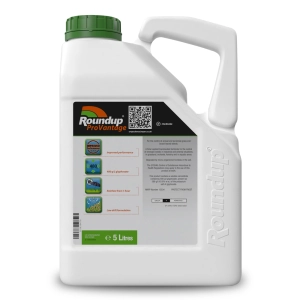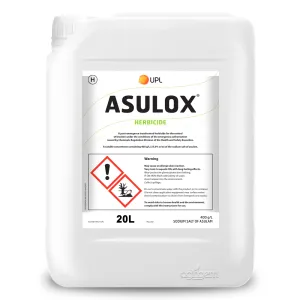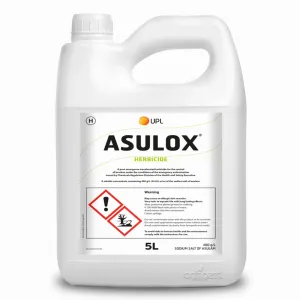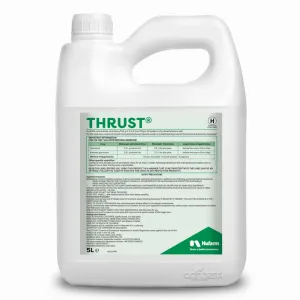***Update July 2025***
Recent trials have proved the effectiveness of a new agronomy solution using 60 g/ha Squire Ultra + 2.5 l/ha Thrust. This should be applied to new leafy growth at frond fully unfurled during late June / early July for best results. Please contact our technical team for further advice.
Original article continues:
Whilst there are some alternatives to Asulam, notably Roundup (active ingredient glyphosate) and Squire, (active ingredient Amidosulfuron), Asulam was a highly effective product for bracken control, and could be sprayed without damage to grass.
The problem with bracken
Bracken grows widely throughout the UK, with some estimates putting it at covering 8% of the country or 11,000 sq.km.
It spreads rapidly – up to 3% a year. This is faster than any control programmes in place to control it. It encroaches on forestry, amenity, and grazing ground, can hide sheep ticks, reduce biodiversity, is poisonous to cattle and horses, and its spores are considered carcinogenic.
Bracken will always require effective control to prevent these problems and to stop it from dominating heather moor, wooded areas, grass heath and other areas at risk from its light-sapping characteristics.
In farm settings, controlling bracken is essential for human and animal health. But it is also important in the establishment of new tree plantations. Without chemical control, remaining options are ‘mechanical’ – rolling, bruising, or cutting. However, these methods are not appropriate on sloped ground, so rarely viable on the heathland and moors favoured by bracken.
Alternative bracken control product – Roundup Pro Vantage
Roundup can be successfully used as part of a broader bracken control strategy and is particularly effective when used at the correct time.
This is usually from July to August when the bracken fronds have fully expanded, and glyphosate can translocate down to the roots – rather than fighting against upward nutrient flow in earlier spring months. Treated fronds will die back within four weeks.
Where very large plants form dense stands, the shading produced by bracken can result in incomplete coverage which may result in regrowth the following year. Monitoring is key and follow-up treatment should be planned as part of a treatment strategy.
Alternative bracken control product – Squire Ultra
Squire’s active ingredient Amidosulfuron has been proved to be effective in controlling bracken, as well as other weeds such as dock and cleavers.
It has an excellent operator safety profile and can be used as a bracken control treatment following an EAMU (Extension of Authorisation for Minor Use) for use in ornamental plant production, forest nursery, and farm forestry settings.
For specialist technical advice or questions relating to bracken control, please contact our technical team.








